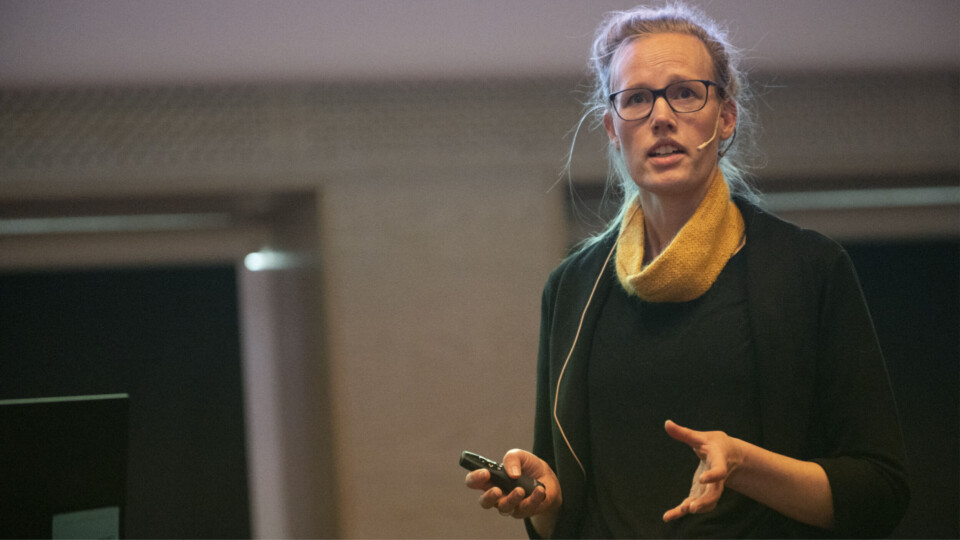
Revealed: the impact of different delousing methods on salmon growth
All delousing treatments negatively affect the growth rate of farmed salmon but mechanical delousing, particularly thermal delousing, have had the biggest impact, researchers in Norway have found.
Salmon are starved before they undergo delousing treatments for good reasons. A fish without feed in its gut uses less oxygen and excretes less carbon dioxide and less ammonia (which can turn to ammonium, which is toxic), and no faeces. This is particularly important for treatments in wellboats. A starved fish is also known to have a better stress tolerance.
But halting feeding means halting growth, and it also takes time before the fish fully regain their growth rate after treatment. All of this results in a significant loss of growth, researchers have found.
Six treatment methods
At the research conference Fresh Fish 2022, held in Bergen this week, Cecilie Sviland Walde of the Norwegian Veterinary Institute presented results from a major data collection and analysis she and colleagues have done.
“We have investigated the effect on growth in various delousing operations on the basis of data from three large fish farming companies in Norway,” said Walde.
The data they have obtained describes the production of Atlantic salmon at cage level in the period 2014 to 2019.
The delousing operations were divided into six different treatment methods: thermal, mechanical, hydrogen peroxide, medicinal, freshwater and combination treatments.
2,530 operations analysed
“We analysed 2,530 delousing operations of 635 fish groups in 97 facilities. We have data from 10 of [Norway’s] 13 production areas, while the main emphasis comes from production areas 3-7,” she said.
The effect on growth was measured as a change in thermal growth coefficient (TGC / VF3) 14 days after treatment.
“We saw a negative change in growth after all the six treatment methods,” Walde said.
11 days to return to normal
The researchers found that for medicinal treatment it takes three days before the median of the fish groups is back to the same growth rate as they had before treatment, while for thermal this takes around 11 days and for mechanical eight days. The difference between the drug and the non-drug was significant, while there was no significant difference between thermal and mechanical treatment.
“There are many factors that affect growth, and we have put some of the most important into a statistical model to assess how they affect growth loss after delousing,” explained Walde.
“The statistical analysis confirms that type of treatment has a significant effect on the growth rate, with thermal and mechanical treatment having the greatest negative effect.”
The larger the fish, the worse the effect of the treatment.
“The estimates from the regression analysis show that if one could have avoided one non-drug delousing and seven starvation days in advance one could, for a 3-kilo fish at 10 degrees, potentially have had an extra increase of over 200 grams per fish over a 14-day period.”
For a cage of 150,000 fish, the loss is therefore just over 30 tonnes, or 6% of the total biomass, from one delousing treatment.
Large variation
Another finding was that there was very great variation between those who experienced the greatest lost growth and those with the least.
“If you can go from being among the 5% worst to being in the middle of the table, you can get almost 75 grams extra per fish. If you are already in the middle of the table and manage to reach where the top 5% are, you can get the next 60 grams. If you can go all the way from being among the 5% worst to the 5% best, then there are about 130 grams with more growth after each treatment (3 kg of fish at 10 degrees),” Walde said.
This undoubtedly constitutes important input in the debate on the use of different delousing methods.
“What we now need to find out is what it is that makes such a big difference between the farmers and the different treatments,” Walde concluded.























































